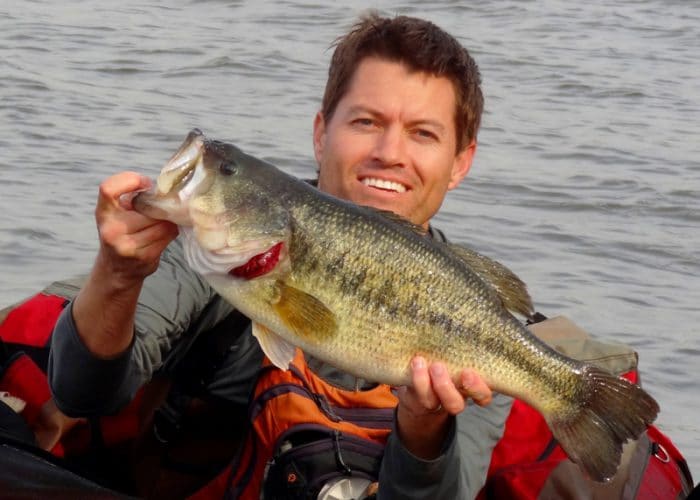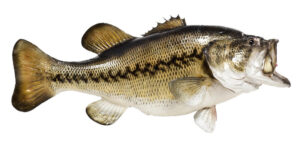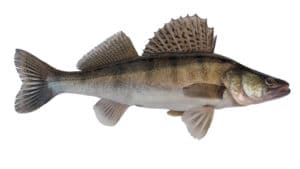Basic Bass Fishing Tips for Beginners
If you love fishing and enjoy the tranquil experience that comes with fishing, then you perhaps know something about bass fishing. If I’m right, you as well know that, Bass has a reputation for being a complete fighter when caught, the excitement of first waiting for the strike and then hooking a the basses can lead to a chemical reaction within the body that crate a bit of joyful sensation. All this by itself makes the experience worth the effort.
Bass fishing has gained popularity over the years with the discovery of more and more pleasure that comes from landing bass. With all bass fishing books in existing, particularly those that deal with bass fishing for beginners, it is not surprising that there has been an outburst in the interest of bass fishing. If you are looking for bass fishing tips to help improve your fishing experience, then the following bass fishing tips will get you started in the world of bass fishing.
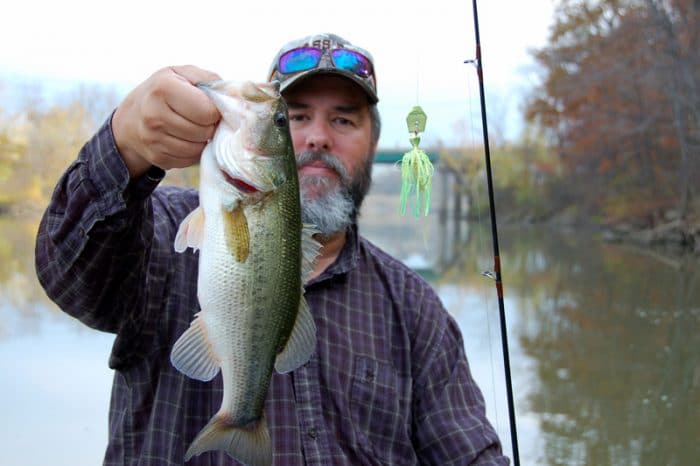
Let’s start with you having the right bait. This is very important because if you do not have the right bait, you may find it difficult catching any bass. Among many types of baits available to choose from, artificial baits have shown to be very successful. There is also the more typical baitfish, like mullet. By first removing its spine so that it will swim naturally, along with a two-ounce egg sinker will keep it slightly below the waves where bass is, and you can catch some bass right there.
The next thing is to learn bass styles: These fish are heavily influenced by the world around them. You need to learn their reaction to external influences like temperature, weather and the lake structures. Bass thrive in moderate temperatures, of about 68 to78 degrees. They like staying under heavy cover. Knowing these will help you tremendously. Now you can look for a thick cover where the bass could be. Search weeds or fallen trees. These are usually hot spots for bass. If it is a hot day, you can presume that bass will be deeper in the water to avoid heat.
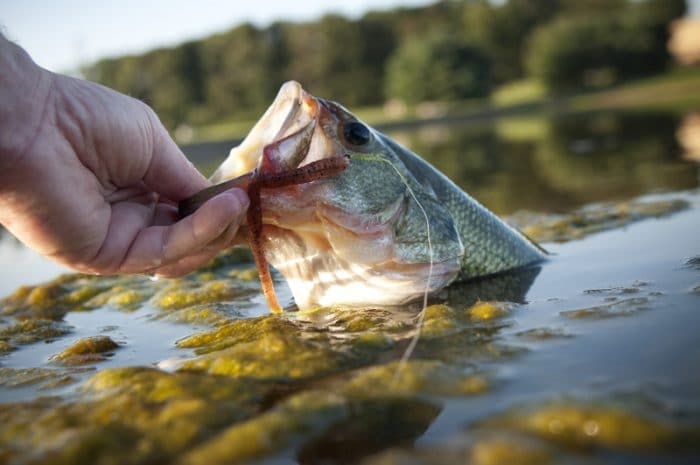
The most important tip is to find a perfect bass holes, the topographic map can help you find excellent bass spots. Look for deep structures where the bass may be. When you locate these structures, fish around the structures until you locate a big hole. Bass usually inhabit only a small spot of a structure where there is enough food and coverage for them. These tips are just the beginning of developing your bass fishing skill, although they are very useful. Following these tips can make bass fishing a rewarding and productive experience. And always remember that water temperature changes bass metabolism; therefore it determines how bass feed. Each time you are on the water, you should pay attention to the water temperature. It is a key piece of the mystery in learning about where and when bass will be most active on a given day.
>> Best lures for bass fishing
>> Best braided fishing line for bass
